The reason why Oysters become expensive, only for the rich
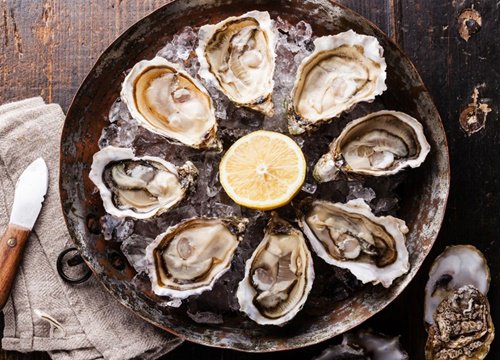
5 | 0 Discuss | Share
Every city in the world has its own icon. For example, the Opera house in Sydney (Australia), the Statue of Liberty in New York (USA), the Eiffel Tower in Paris (France)... But for Singapore, besides the Merlion (the body of a lion fish), the The hawker culture is also a typical symbol of this island nation.
More than 200 years of history
From the early 1800s, itinerant vendors roamed the island, ringing bells or hitting wooden blocks with sticks to announce their arrival. . Besides, there are people walking on the streets and lanes with pots and pans tied to bicycles or trolleys, and even people without a car have to carry the goods on their shoulders. They crowded on the sidewalk, sat in a corner, formed makeshift eateries, and worked 12-15 hours a day.
Vendors then paid a rent to have a commercial space inside. From here, a series of hawker centers are planned and redeveloped. Before the 1970s, unlicensed street vendors sold food on the street, which led to the problem of unsanitary food processing. From 1971 to 1986, the Singapore government tried to find a way to bring street vendors under one roof. They started to build booths according to a unified model, the stalls are all made of brick and concrete, each stall has electricity, clean water, even refrigeration.
The Peoples Park hawker center flourished until it was destroyed by a fire in 1966. Today, Peoples Park has become a complex with many infrastructure systems, and is no longer a shopping mall. hawker center like the old days. Among the hawker centers, only Balestier remains a hawker place that retains the old culture. To this day, Balestier is still a busy place and attracts many domestic and foreign visitors to experience the hawker culture.
In addition, Smith Street is also a popular hawker center. This is considered a famous culinary paradise with Cantonese dishes such as chicken rice, chicken porridge,... Nowadays, most of the street vendors on Smith Street have been moved into the Food Center of the Chinatown Complex. (Chinatown), home to nearly 200 hawker stalls, and the largest and most famous hawker center in Singapore.
Between 1986 and 2011, several hawker centers were accredited and the government decided to clear the way for redevelopment without replacement. In addition, Singapore's population nearly doubled between 1986 and 2011 (5.2 million people), so the demand for affordable meals provided by hawker centers is also increasing.
Sustainable over the years
Today, hawker centers continue to grow, and many Singaporeans come here to eat more than they eat at home. However, globalization is gradually changing individual tastes, and the world's fast food giants are starting to enter the country, disturbing the local food culture.
Besides, when the old street vendors are now old and also about to retire, but not every family has someone to take over the family business, which makes many people worried. The image of hawker culture from decades ago cannot be preserved. So how to protect hawker culture - national treasure? The answer is very simple, that is, there must be unique dishes and diners cannot find in other countries.
For more than 100 years, street vendors have been considered a threat to public health and a problem that needs to be addressed. But over time, instead of looking down on street food, Singaporeans are increasingly proud of local cuisine such as Hainanese chicken rice, Char Kway Teow (Fried noodle soup), Mee Pok, Laksa curry, Chili crab (Crab with spicy sauce), Satay skewers,...
Singaporeans from all walks of life give their love of street food as a badge of honor. And they will pat their chest proudly that all those dishes are theirs and not any other country's. Not only has hawker food in Singapore become a real favorite with locals, but the reputation of these dishes is also appreciated with diners abroad.
Lien Ying Chow, who founded the Mandarin Orchard hotel in 1971, decided to include three Singaporean hawker dishes on the hotel's menu. Dishes include curry laksa, char kway teow and Hainanese chicken rice. These three hawker dishes have been warmly received by international diners, especially Hainanese chicken rice.
The success of the hotel's Hainanese chicken rice has put Singapore on the world map. Back in 1971, the inclusion of hawker food on the menu of a five-star hotel was a bold and visionary move. The legendary Hainanese chicken rice is still considered the most expensive chicken rice dish in Singapore today.
Most hawker centers in Singapore are a place to eat - usually outdoors - with tables set up in a large area, surrounded by food stalls. In most hawker centers, diners will find a great mix of Chinese, Indian and Malay food, along with local drinks and desserts.
No distinction between rich and poor
The combination of stalls in the Singapore hawker center is a microcosm of the country's multicultural heritage. Indian, Malay, Chinese and Western food stalls operate side by side. Anyone can come, sit at any table to dine - no barriers, no boundaries or distance.
Street vendors in Singapore have become community spaces, people's spaces, and play an essential role in community building. There is a famous saying "A family eats together, stays together", Singaporeans think that "one country eats together, together is strong". At hawker centers in Singapore, there are no privileges granted to rank or social status (except to welcome the elderly or disabled out of respect and courtesy). Everyone queues up and gets their own food back to their table - the hawker center is a wonderfully balanced place.
While most of the pioneer peddlers were forced by circumstances to trade, more and more young Singaporeans are now choosing street vendors as their main occupation. Singaporeans increasingly see street trading as a respectable essential service and a viable profession. Many people enter the trade to preserve the legacy of their parents or grandparents.
More than 100 years ago, Ler Jie Wei's great-grandfather started his career selling Mee Pok. They came from Fujian province to Chaozhou to settle down. Here, he learned a trade and became a street vendor, specifically selling Mee Pok for many years. Jie Wei, after seeing his family members take over the traditional business, gave up his banking job to start selling Mee Pok because he felt he had a duty to continue the legacy. estate of his father.
Over the past few centuries, Singapore's hawker culture has grown tremendously. In March 2019, Singapore began submitting to UNESCO its hawker culture and finally received a well-deserved reward. On December 16, Prime Minister Lee Hsien Loong posted a deep thank you to street vendors over the centuries. Contributors affirm cultural identity and are proud that hawker culture is a culture capable of connecting many countries and social classes together.
Gou candy - The most famous dish in Chinese historical dramas and interesting stories 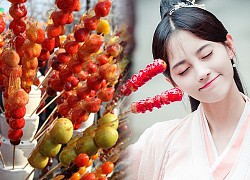 team youtube21:48:06 24/06/2021Anyone who is a fan of Chinese historical dramas must know about gourd. The image of long skewers of candy with red round balls is held by old men, grandparents and boys to sell on crowded market scenes with the familiar sound of goulash here!. As can be seen, this candy has been...
team youtube21:48:06 24/06/2021Anyone who is a fan of Chinese historical dramas must know about gourd. The image of long skewers of candy with red round balls is held by old men, grandparents and boys to sell on crowded market scenes with the familiar sound of goulash here!. As can be seen, this candy has been...

5 | 0 Discuss | Share

5 | 0 Discuss | Share
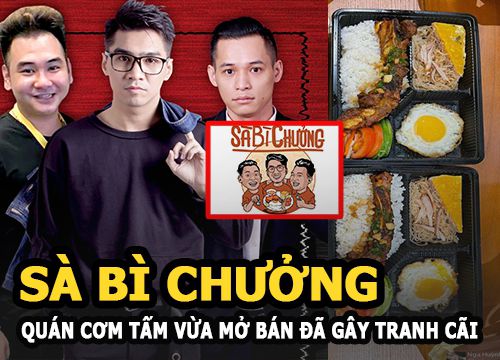
3 | 0 Discuss | Share

4 | 0 Discuss | Share
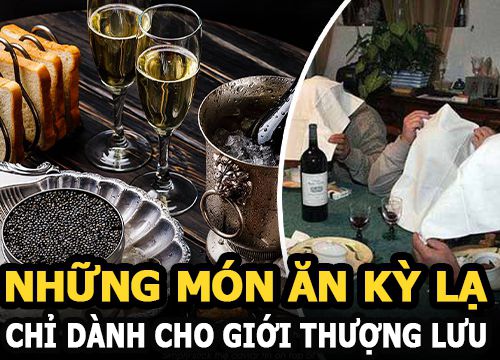
5 | 0 Discuss | Share

2 | 0 Discuss | Share

5 | 0 Discuss | Share
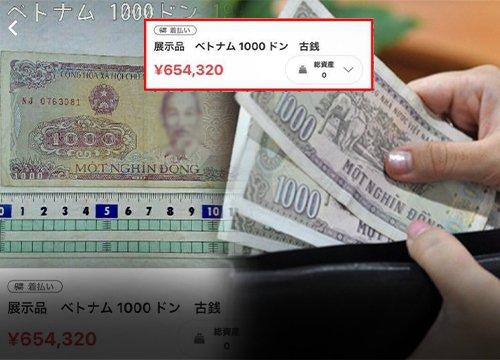
4 | 0 Discuss | Share

5 | 0 Discuss | Share


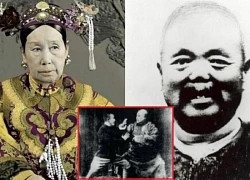
2 | 0 Discuss | Report